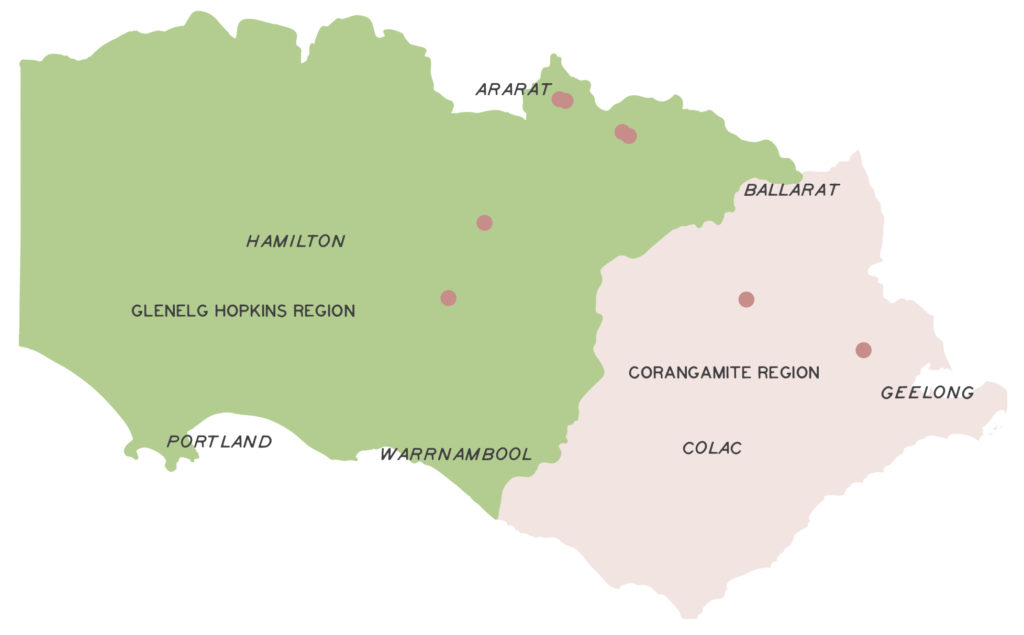There were thought to be just eight remnant populations of button wrinklewort in south-western Victoria, all of which belong to a unique chromosomal race, genetically incompatible with larger populations in Melbourne, New South Wales and the ACT. In 2019, a ninth population consisting of just one individual was found in a roadside native grassland. The species is self-incompatible (unable to reproduce with itself), so an intervention was required to recover the population. Throughout the flowering season of 2019 and 2020, flowers were cut and taken from the closest population 40 km away and rubbed against flowers of the single recently discovered individual to transfer pollen and facilitate reproduction. Teabags were placed over the flowers to trap seed and collected a month later once the seed had been released. To date, this has resulted in six seedlings germinating in the nursery and surviving. Work will continue to slowly recover the population over time as seedlings are planted alongside the recently discovered plant.
This work has been part of a larger recovery project for the species in the region. Given the isolation of all remnant populations, theory predicts that an erosion of genetic diversity over time could lead to population crashes. This is complicated further by the existence of unique chromosomal races that prevent some populations from reproducing with others. To address this, genetic analyses have now been undertaken across the region to identify which populations are at most risk and guide recovery efforts.

| Area | Description |
|---|---|
| Partners | Glenelg Hopkins CMA, Monash University, Arthur Rylah Institute, Royal Botanic Gardens Victoria |
| Investors | Australian Governments Regional Land Partnerships |
| Related Strategies | The Australian Government’s Threatened Species Strategy, Protecting Victoria's Environment - Biodiversity 2037, Rutidosis leptorhynchoides Recovery Plan |


